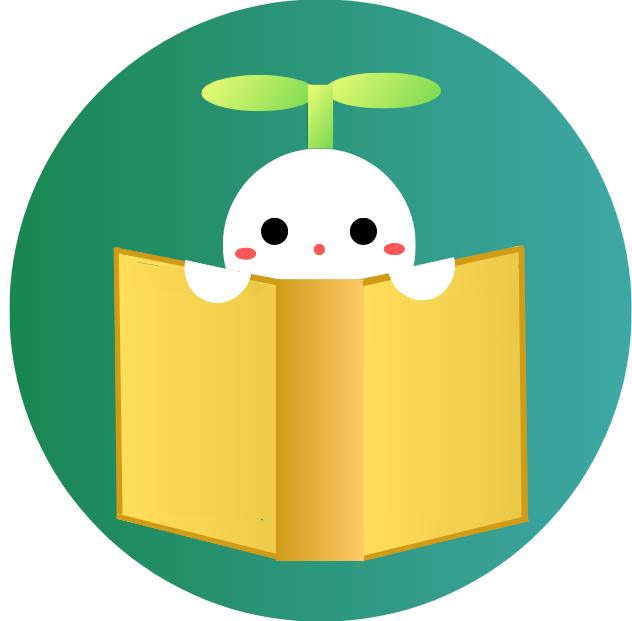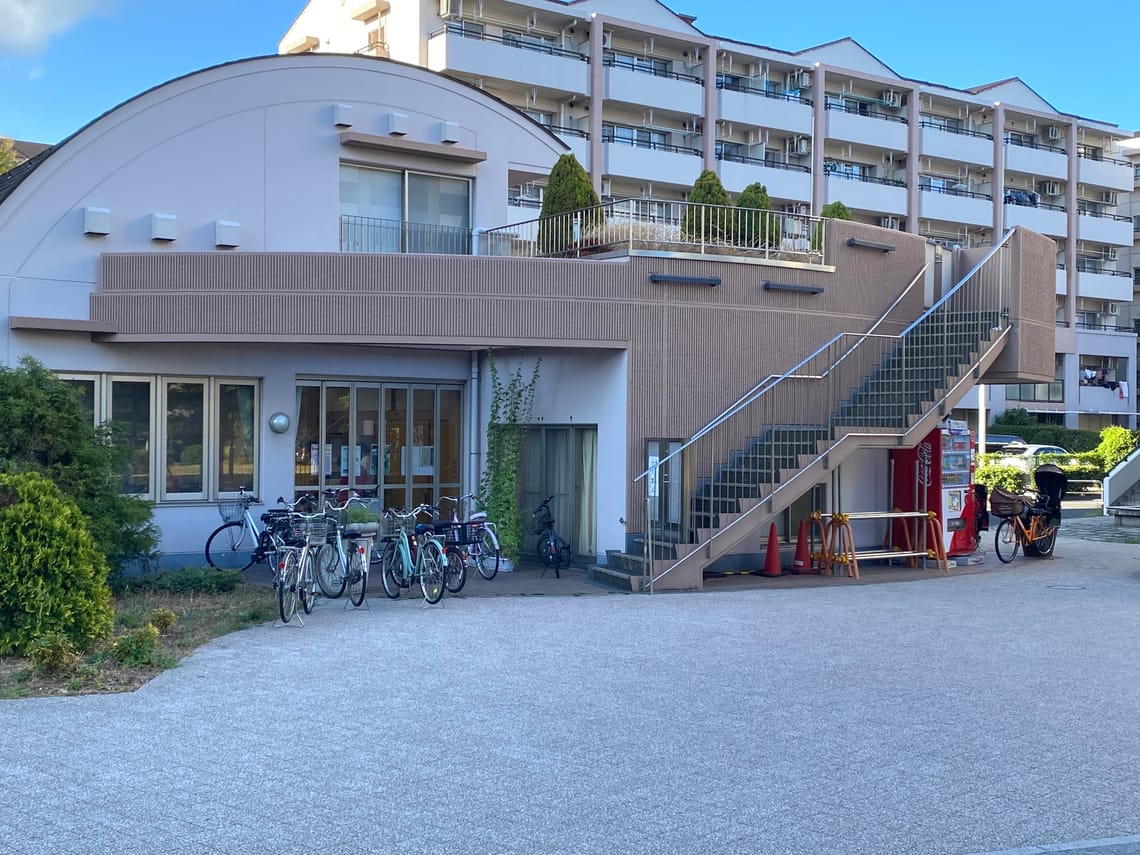
Aoto Children's Cafeteria
(日本語訳はこちら)
Aoto Children’s Cafeteria reminded me of a warm, tight-knit community where people who know one another come together to enjoy each other’s company.
The children’s cafeteria is held at a public meeting center in a forest of apartment buildings, being the perfect place for community members to gather and interact. The location gives an opportunity for neighbors, especially those going through parenthood, to get to know one another and become family friends. Due to the number of people who came to the children’s cafeteria because of invitations from other parents, it seemed like the network of parents that could rely on each other was strong.
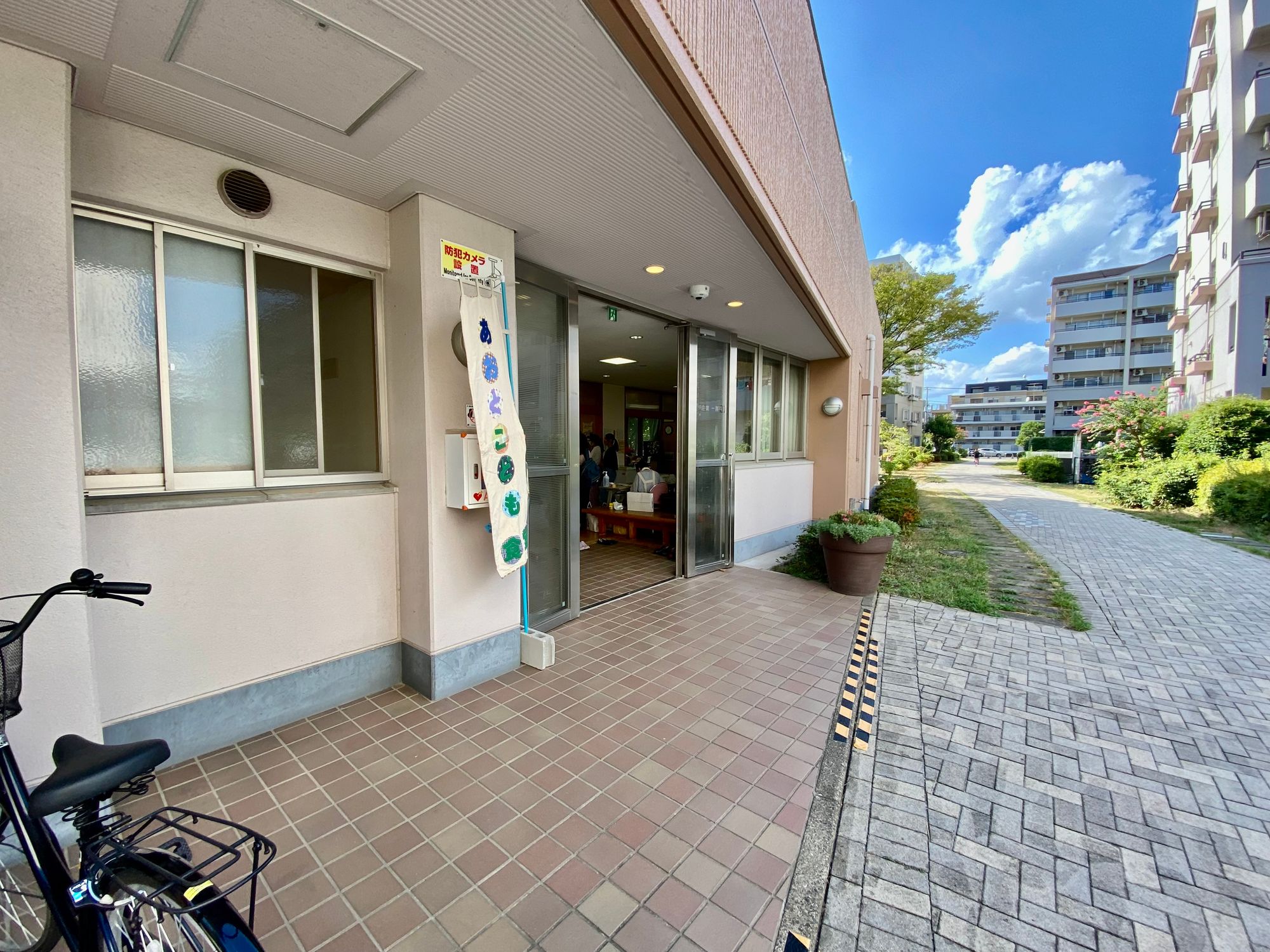
The organization behind Aoto Children’s Cafeteria is called Rainbow Ribbon, a nonprofit organization built by the mothers of a Parents Teachers Association (PTA) at a public elementary school in the Katsushika ward back in 2006. The PTA was surprisingly diverse, consisting of mothers of different nationalities, mothers of children with disabilities, and mothers of families who had just moved into the neighborhood.
While there is a big lack of interest and enthusiasm related to the PTA, the group of PTA mothers recognized the importance of embracing the diversity of a parent body. This was especially true when some of the mothers’ primary form of understanding their children’s education was through the association. This is why Rainbow Ribbon named their organization after a rainbow, to encourage the diversity of an educational body, tied together with the ribbon of a shared bond between parents.
While their original intention as an organization was to encourage parental involvement and boost PTA performance, they eventually branched out to bullying prevention in 2012, then, children’s cafeterias in 2016. They have been working as an organization with those three main programs to this day.
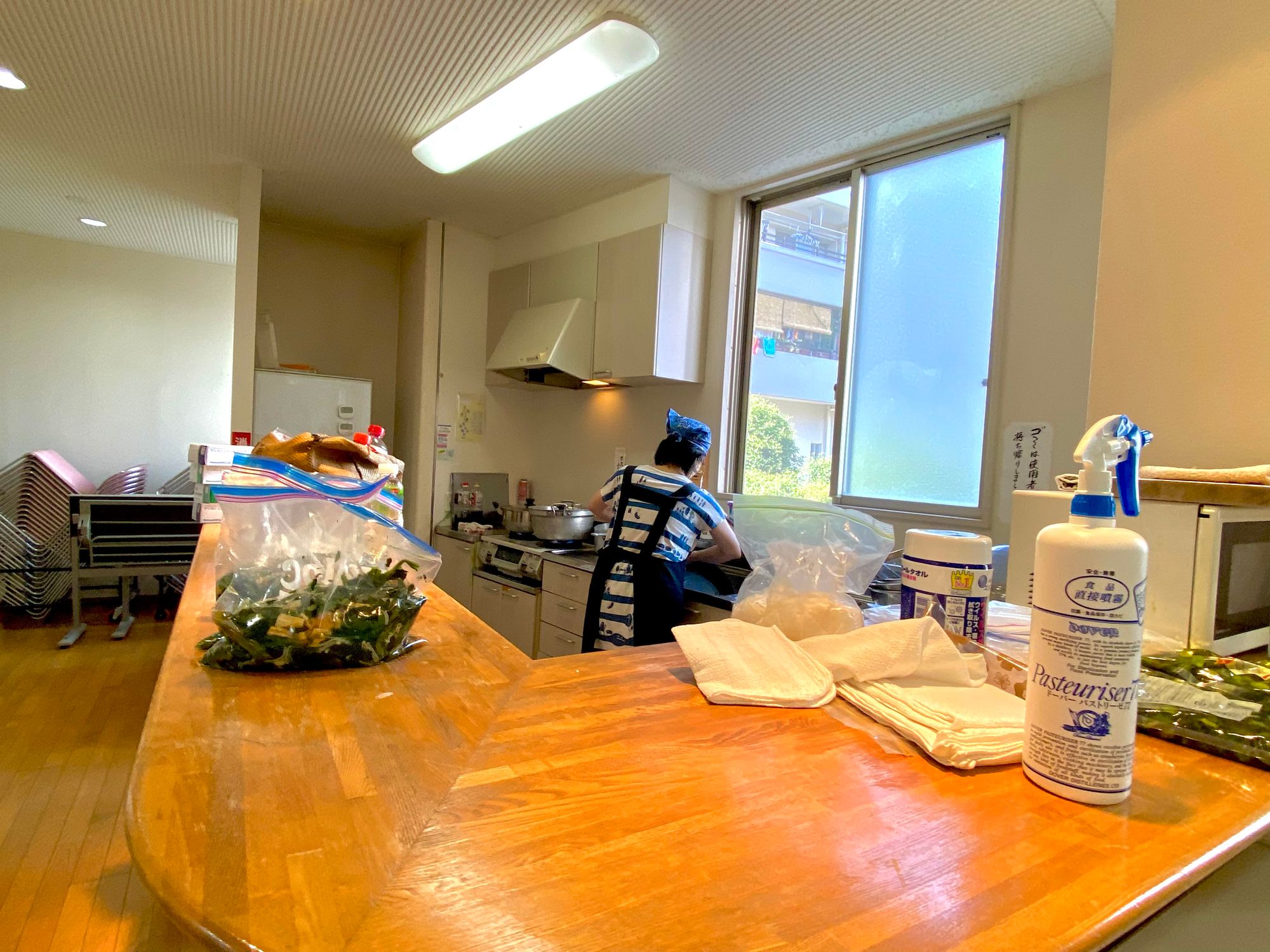
Even before I arrived at the meeting center, I was surprised at how well ordered and planned-out their children’s cafeteria was. For example, the notifications of the details of the upcoming children’s cafeteria were sent out a week in advance through direct LINE messages, especially sent to those who are frequent attendees. Rainbow Ribbon’s put-togetherness also shines through when they have meetings with the volunteers and staff members before and after the children’s cafeterias to first introduce one another, then to talk about their comments and potential improvements going forward. This structure allows all parties, volunteers, staff members. and participants, involved in the children’s cafeterias to feel like they are a part of the whole process and event.
The Saturday I went to was the first night Aoto Children’s Cafeteria had a Boccia night. There was a group of people from the Katsushika Boccia Association who were helping set up the Boccia court and teaching the volunteers the rules of the game. All the volunteers and children visiting had a chance to play a game of Boccia, something not many people have played or have even heard of. It was a great opportunity for people to broaden their horizons to new types of sports that were inclusive of all players.
According to Boccia UK, Boccia is a Paralympic sport introduced in 1984, specifically designed for athletes with disabilities affecting their locomotive function. It is a game where players have to throw, kick, or propel using a ramp, balls with the aim of getting them closest to a ‘jack’ ball.
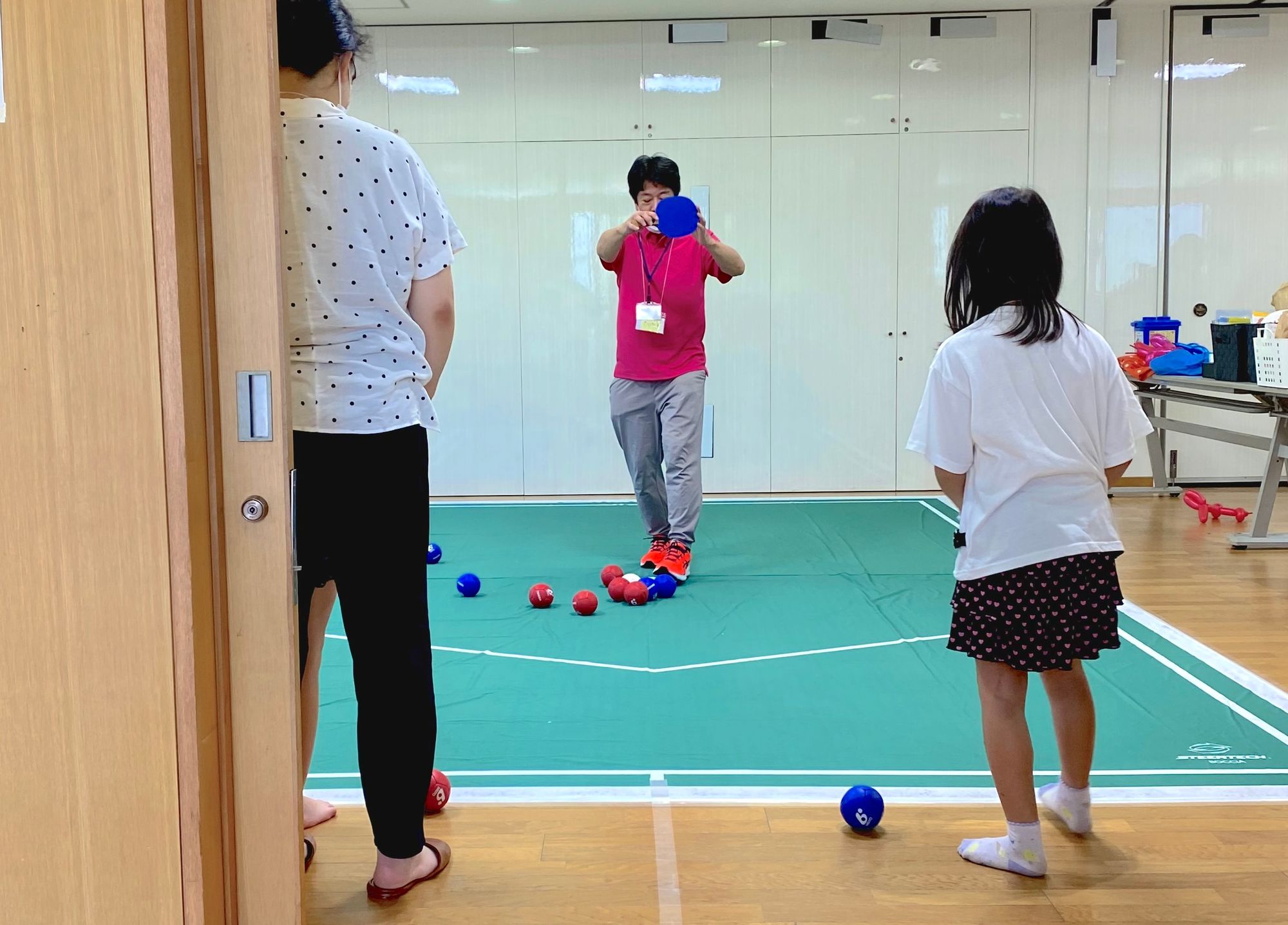
The Saturday I visited was during summer break, where it is traditional for many families to go to their grandparents’ homes outside of town. So, the number of children who were playing was over 20, but apparently the turnout was less than normal. While the number of bento meals that were handed out were also on the lower side compared to their usual 100 or so meals, that day, they had given out an astounding 80 meals. With the amount of nutritious ingredients and care put into the bento boxes, 80 hand-made meals is an amazing accomplishment.
The organization allowed the volunteers and staff members each to take home the bento boxes, and I got to try their meal. It was delicious. With the amount of flavor and ingredients (eggs, mushrooms, rice, chicken, etc.) that were in the bento, I was surprised that I was able to take it home for free. Not only this, but like many great children’s cafeterias, it was nutritious and made without preservatives, which often unfortunately has an inverse relationship with the prices of food.
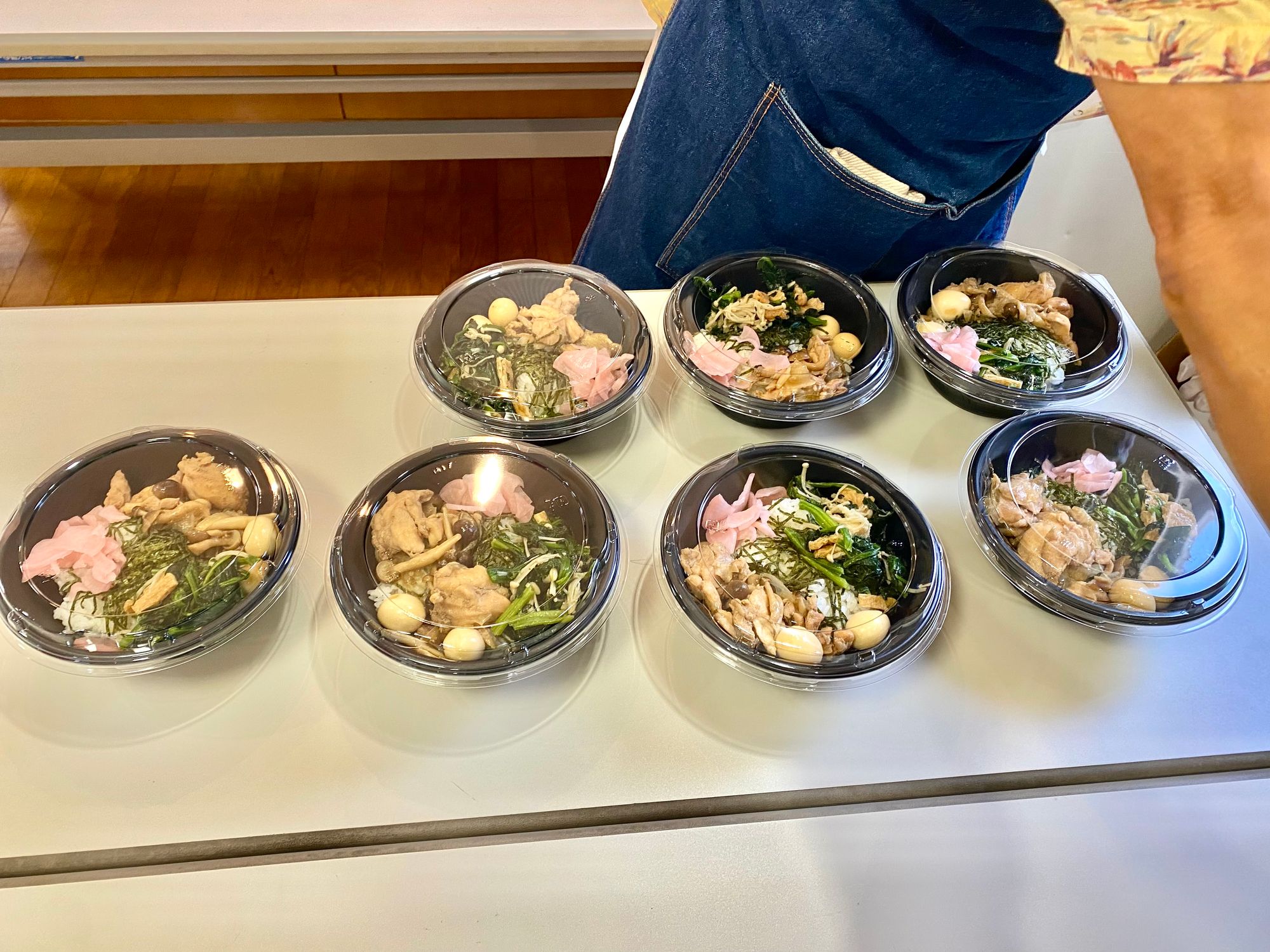
I got the chance to talk to a mother of another ethnicity at the children’s cafeteria, which is common in the Aoto Children’s Cafeteria, especially considering the diverse area it resides in, and its effort to embrace a diverse community. She told me that because Aoto Children’s Cafeteria has an open play area where children can interact with one another, it is a great opportunity for her young son to play with other children in Japanese. Because she speaks to her child in English at home, it was important to her that her son could also start becoming immersed in more Japanese. She also added that it was a great way for her son to break out of his shell and have exposure to the existence of other people. Looking around at the very young children under or around the age of five, I think many parents had the same experience. The parents looked relaxed and happy, making family friends in the neighborhood while knowing that they don’t have to worry about buying or cooking dinner that night.
The head of the Rainbow Ribbon, Mrs. Ogata, had told me that, to her, children’s cafeterias are a form of excitement. I think at Aoto Children’s Cafeteria, her answer is absolutely true. As a volunteer, my job was to play with the children and it felt like I got to be a kid again. While the number of people who showed up was less than average, it was still enough people for excitement to be seen everywhere around the area.
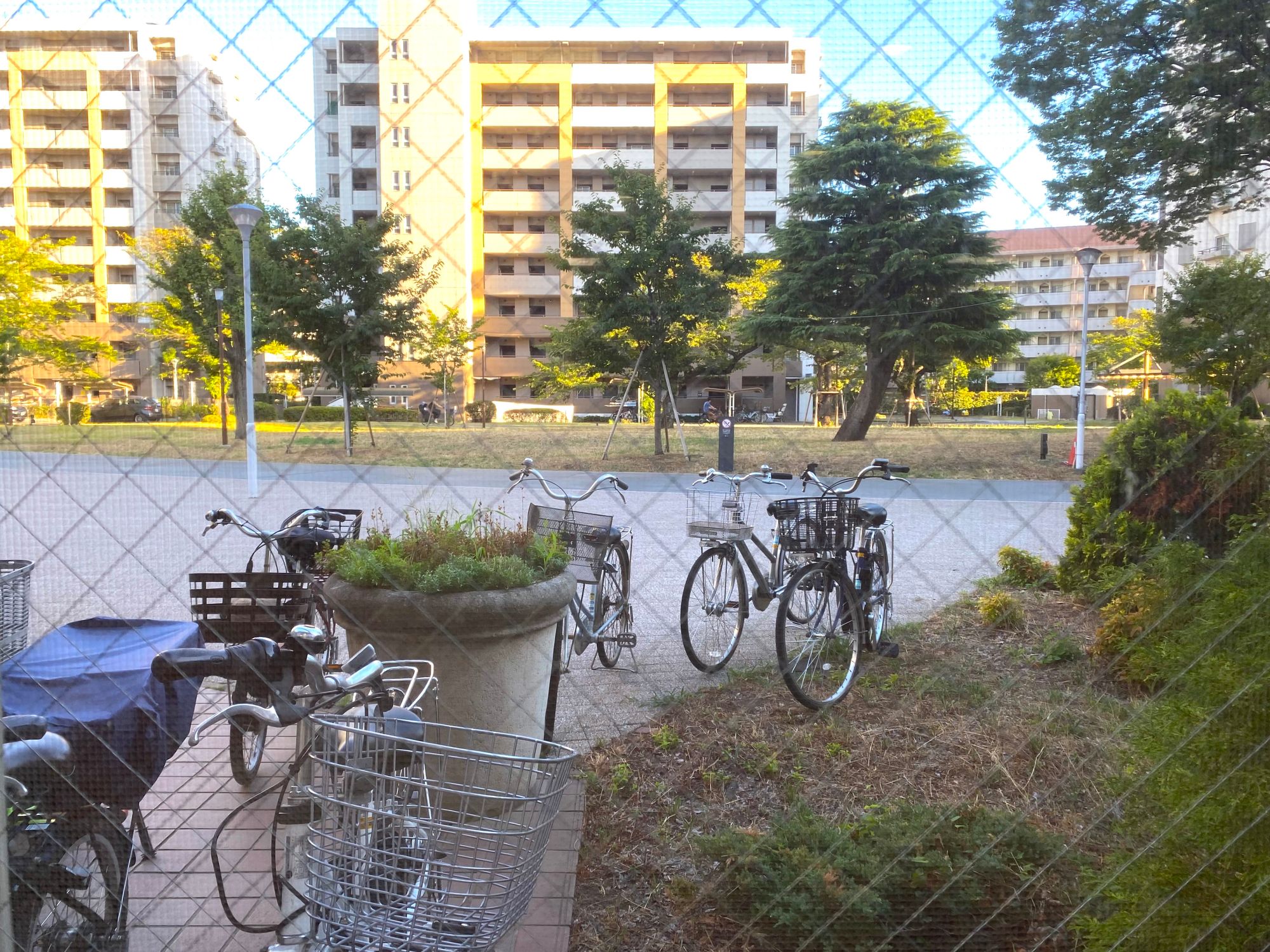
I got to play tag with the children outside, play Boccia with complete strangers as if they were the best of friends, and pretend that my hand was a panda for the little ones. There is so much excitement and connection that you could feel from the rooms. From the players at the Boccia area to the students in the study room, to the parents near the play area, you could feel that everyone was having a pretty good time. Everyone sort of knew each other from the cafeteria or living close to one another, and it felt like one big tight-knit community.
The properly planned out structure, and the well-sorted out meals are evidence of how passionate Rainbow Ribbon feels about their cause. I think they are a very well-established and organized group which is reflected in the amount of trust that they get from their community and the relationships they have with it.
If you would like to contact the people at Rainbow Ribbon, please check out the Rainbow Ribbon’s email below.
Gmail: rainbow.ribbon.mail@gmail.com
Facebook: https://www.facebook.com/aotokodomo/

Instagram: @koshoku.blog
Facebook: @KoShoku Diaries
